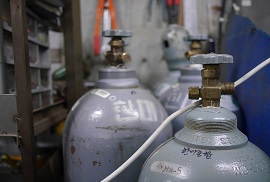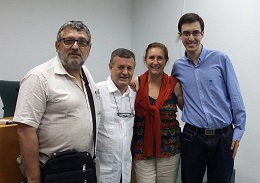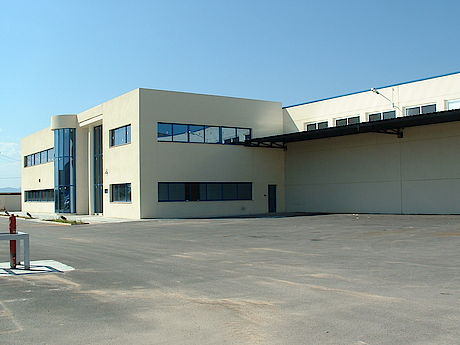
Description of the use of compressed gasses at work, classification and labour risks to what workers that daily handle these substances are subjected to.
6 july 2016
Compressed gases are those which remain stored in recipients such as bottles or special cylinders under pressure. The state in which they are conserved changes according to the characteristics of each chemical compound, some are liquid gases, others are non-liquid, and they can also be dissolved gases. The storage pressure is adjusted to the values of each one of them.
Classification and uses
One of the main ways of classifying compressed gases is following its chemical characteristics. Within this division, these are the most important types.
- Flammables. When they come into contact with oxygen in uncontrolled proportions they can cause explosive reactions. These are the main flammable chemical agents:
- Acetylene. It is used in processes of chemical synthesis, in granite flaming or pieces unmoulding.
- Hydrogen. It contributes to the manufacturing of polyethylene, of optical fibre and is used in micro-electric industry. It also works as a aerospace fuel.
- Inert. Inert gases do not burn nor work as fuel. Some of these are nitrogen, argon, helium or carbon dioxide.
- Nitrogen. It serves as a freezing for thermal treatments, degassing of fluids or inertisation in food industry.
- Argon. It is used for the production of titanium, as shield gas in arc welding or in electronics industry.
- Helium. Its most common uses are applied in optical fibre, mixes for diving or magnetic resonances in hospitals.
- Carbon dioxide. It is an extinguishing agent, it serves to regulate the water pH, or for refrigerating or freezing.
- Oxidants. They do not burn, but they accelerate combustion. Oxygen is one of the main example of this kind of gases. They have different uses such as oleins oxidation, in metallization processes and also in medical and hospital treatments.
- Toxic and corrosive. Toxic gases are those whose limit of highest tolerable concentration during eight hours per day and forty hours a week (TLV) is lower to 50 ppm (parts per million), according to the definition by the National Institute of Workplace Safety and Hygiene (INSHT). Also, gases that cause a corrosion over 6 mm/year in A-37 steel UNE 36077-73 at a temperature of 55ºC are considered corrosive.
Dangers
The treatment of compressed gases presents some important risks for the workers that handle them everyday. Each compound or gaseous element have different characteristics and reactions according to the use they are subjected to. Workers must know the dangers and the consequences of possible accidents.
- Flammables. There is risk of explosion or fire if an excessive concentration in the air and oxygen occurs. Uncontrolled mixes of this type of gases highly rise this risk, as well as the threat of suffocation in confined spaces or with poor ventilation.
- Inert. The main health hazard is the suffocation risk due of the reduction of oxygen these gases produce when they release this kind of gases. For this reason, there are used as means of fire fighting.
- Oxidants. They accelerate the combustion of materials due to their high oxygen production. It is recommended they do not come into contact with lubricating oils, oils or organic materials.
- Corrosive toxics. These are the most dangerous for people. The exposure of workers to high level of toxic gases without suitable protection equipment can cause death or irreversible damages to health in a short period of time.










